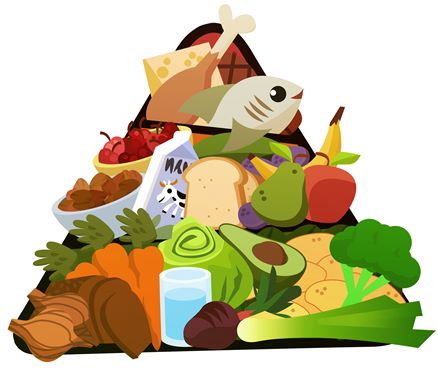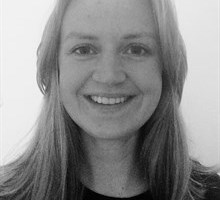The body and diet
Summary: To live a healthy and long life, it is good to know what the body needs. You can read what influence food has on your body in the theory sections. In addition, you can also read an article about sugar and confirm or debunk some food myths you might be wondering about. The material also includes various tasks and experiments. Among other things, you can calculate the fiber content of your homemade bread, play sugar police or determine the daily menu for a cyclist.
Over the years, we have become more inactive than active. Children and young people have better access to television and computers, and adults have more sedentary jobs. Even if the body is not used in the same physical way as 50 years ago, it still needs to be refueled with food. However, there is a big problem. Too many Danes eat unhealthy food. Many people love foods that are high in sugar and fat, and there is also an explanation for this. Our brains were created to live about 100,000 years ago. Back then, it was difficult to get hold of food, and in order for the body to get the necessary amount of energy for survival, it was important to eat foods high in sugar and fat.
Today, the world is different. Due to new technologies, the body is used less physically while being refueled with sweet and fatty foods. This can have consequences that, among other things, can lead to obesity, which can ultimately lead to a number of lifestyle diseases such as type-2 diabetes and cardiovascular diseases.
The project consists of a number of theory sections that explain the structure of the digestive system, the structure of various nutrients, and a description of the consequences of excessive intake of nutrients. After the theory sections have been read through, you can test your knowledge of the topics by working on the exercises. During the project, reference will be made to various videos from the Biostrip. They will either review the described section or elaborate on the text.
I wish you every success in your work!




